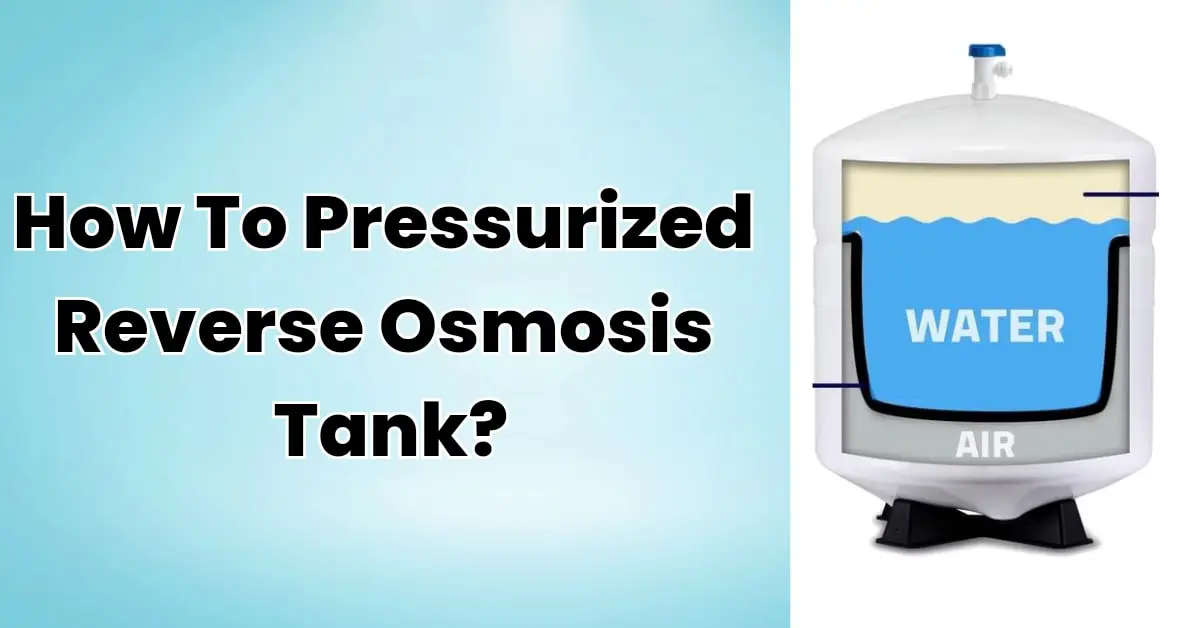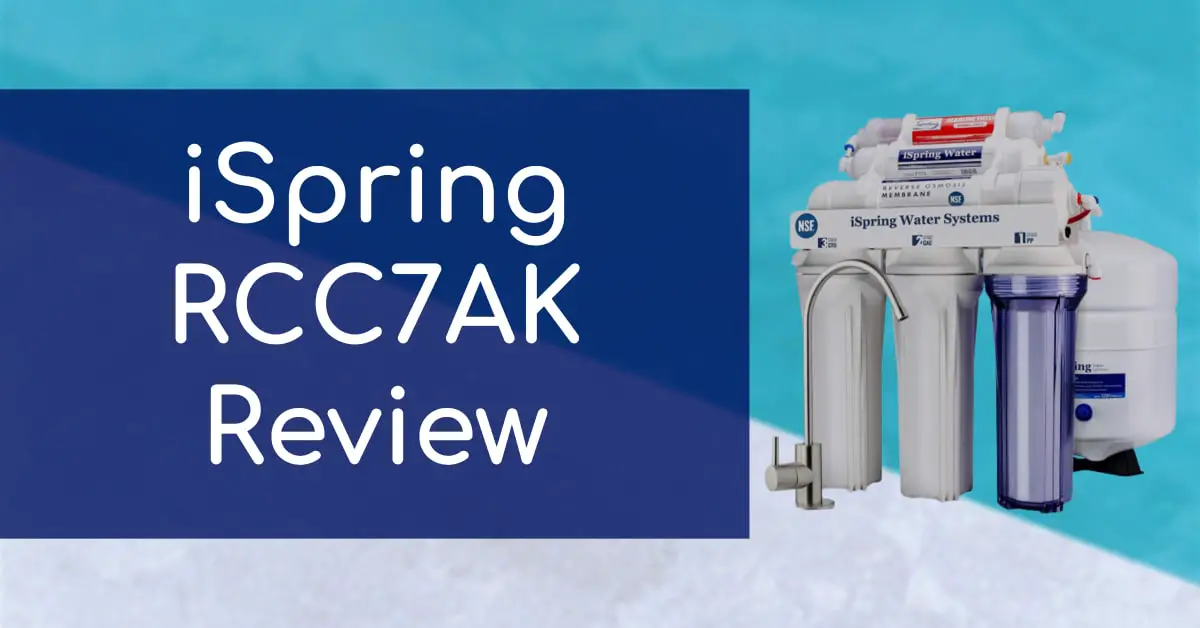Why does reverse osmosis drain water? Reverse osmosis (RO) is a popular water purification technique used in many households and industries. This technique involves using a semipermeable membrane to remove contaminants and impurities from water by forcing it through the membrane under high pressure.
While the reverse osmosis process is highly effective in removing impurities, it also produces a significant amount of wastewater. Many people often wonder why reverse osmosis drains water, considering it is a water purification process. In this blog post, we will clarify why this happens.
First, we will delve into the science behind the reverse osmosis process to understand why it generates wastewater. We will explore the functions of the different parts involved in the RO process, including the semipermeable membrane, the pressure pump, the flow restrictor, and the drain line. We will also discuss the benefits of reverse osmosis despite producing wastewater.
How Reverse Osmosis System Works?
Reverse osmosis is a process that uses a semi-permeable membrane to filter out impurities and contaminants from water. The membrane is made up of very small pores that allow water molecules to pass through, but not larger molecules like minerals, bacteria, and other impurities.
The water is forced through the membrane at high pressure, leaving behind any contaminants, and resulting in pure and clean drinking water. The reverse osmosis process typically requires several stages of filtration, including pre-filtration, carbon filtration, and post-filtration, to ensure the water is as clean and safe as possible.
One of the commonly discussed issues of Reverse Osmosis (RO) systems is the amount of water they waste. It is often questioned why these purification systems require so much water to operate. The answer lies in the fact that Reverse Osmosis relies on pressure to filter contaminants.
Why Does Reverse Osmosis Drain Water?
During the reverse osmosis process, some water is rejected and diverted away from the filtration system. This is because not all water molecules are able to pass through the small pores of the membrane.
The amount of water that is rejected depends on several factors, including the quality of the water being filtered, the pressure of the system, and the quality of the membrane. The water that is rejected is typically highly contaminated and would not be safe to drink, which is why it is sent down the drain.
This waste water, typically referred to as brine, is a necessary byproduct of the filtration process and cannot be recycled without proper treatment.
While the amount of water wasted can vary depending on the system and water quality, it is important to consider the tradeoff between the benefits of pure, clean drinking water and the amount of water that is drained during the RO process.
How Much Water is Wasted During Reverse Osmosis?
Reverse osmosis systems typically waste anywhere from 2-4 gallons of water for every gallon of purified water produced. This means that for every gallon of clean drinking water produced, 2-4 gallons of water are sent down the drain.
While this may seem like a significant amount of water waste, it’s important to keep in mind that the rejected water is typically highly contaminated and would not be safe to drink.
It’s important to note that some newer RO systems use less water than other models, so it’s worth doing your research to find a system that suits your water and conservation needs.
How to Reduce Water Waste in Reverse Osmosis Systems?
There are several things you can do to reduce water waste in your reverse osmosis system:
- Install a permeate pump: A permeate pump can help to increase the pressure of the system, which reduces the amount of rejected water and makes the system more efficient.
- Use a high-quality membrane: Using a high-quality membrane can help to reduce the amount of water that is rejected during the filtration process.
- Collect and reuse wastewater: Rather than sending the rejected water down the drain, you can collect it and reuse it for things like watering plants, cleaning, or flushing toilets.
- Use a storage tank: Installing a storage tank can help to reduce water waste by storing purified water for later use. This can help to reduce the amount of rejected water and make the system more efficient overall.
Conclusion:
In conclusion, reverse osmosis is a highly effective water filtration method that produces clean and safe drinking water.
However, it can be wasteful due to the rejection of water during filtration. By understanding why reverse osmosis drains water and implementing some of the tips outlined above, you can reduce water waste and make your system more efficient.
Remember that the water that is rejected is typically highly contaminated and would not be safe to drink, so it’s important to use caution when collecting and reusing wastewater.







